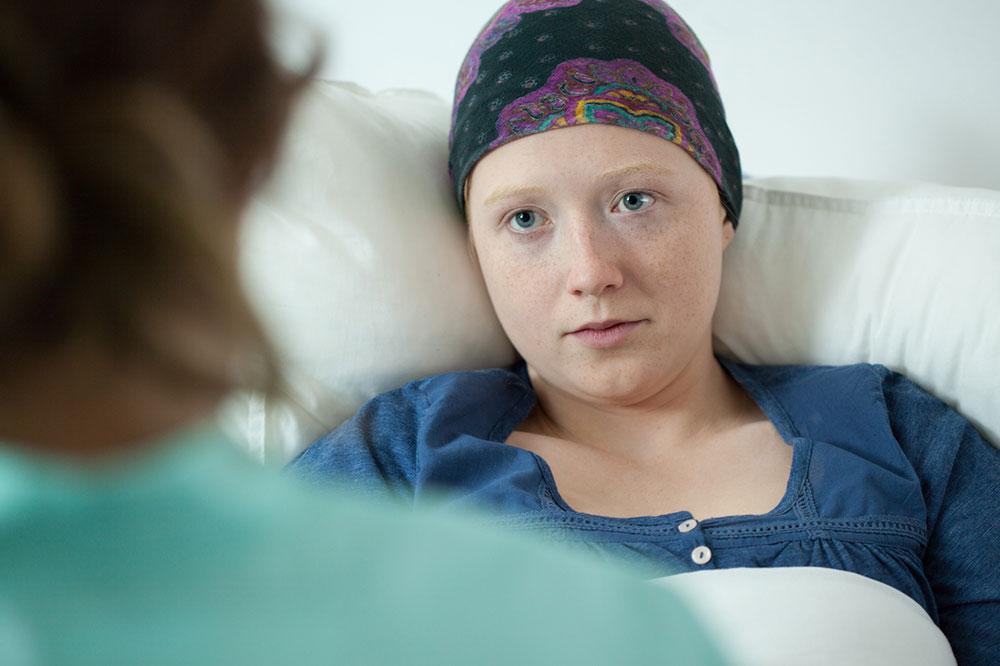
Leukemia – Causes, Types, Symptoms, and More
Leukemia occurs when the abnormal white blood cells (WBCs) in the body rapidly increase and destroy the normal healthy blood cells. Also known as blood cancer, the disease can be acute (fast-growing) or chronic (takes time to develop). Doctors will often prescribe a combination of medications to treat leukemia symptoms such as Gilteritinib relapsed refractory AML, chemo pill for CLL, Xospata cost savings for IGHV unmutated CLL treatment, and Venetoclax ramp up AML, depending on the type of leukemia diagnosed. This article discusses the cause, types, symptoms, and risk factors of leukemia.
1. What causes leukemia?
Red blood cells (RBCs), white blood cells (WBCs), and platelets are blood components. In a healthy body, the bone marrow makes more RBCs than WBCs. However, in leukemia, it is the other way round – the body starts to make more WBCs than RBCs, affecting normal functioning. In due course of time, there are not enough RBCs, platelets, or sufficient normal WBCs to maintain a healthy body.
2. Types of leukemia
Leukemia is of many kinds. Few of the types include:
- Chronic lymphocytic leukemia (CLL)
This form of leukemia begins in the B lymphocytes and mostly affects older adults. There are other types and subtypes to this form of leukemia. - Hairy cell leukemia (HCL)
This is a subtype of CLL. It is rare and develops slowly. In this type of leukemia, the bone marrow makes too many lymphocytes, and hence the body cannot function properly. Consequently, less number of healthy RBCs, WBCs, and platelets are formed. - Acute myeloid leukemia (AML)
This is one of the most common forms of acute leukemia in grownups. This disease can progress rapidly and can spread to other parts of the body too. - Acute lymphocytic leukemia (ALL)
ALL is commonly seen in children. This form of leukemia can affect the whole body’s bone marrow. - Chronic myeloid leukemia (CML)
Chronic myeloid leukemia is an uncommon form of leukemia and can be common in adults. Statistics state that 10% of leukemia falls under this category. In this disease, a genetic cell makes myeloid cells cancerous.
3. Symptoms of different types of leukemia
The symptoms of the condition can vary from person to person. Some of the most common signs include:
- Pain in the joints or bone
- Regular headaches
- Fatigue
- Weight loss
- Shortness of breath
- Swollen lymph nodes
- Swollen organs
4. Risk factors for leukemia
These factors can trigger off leukemia:
- Previously treated cancer by chemotherapy or radiation therapy.
- Smoke
- Down syndrome (a genetic disorder)
- Family history of leukemia
- Exposure to radiation
According to the latest statistics, around 450,000 people in the country suffer from leukemia every year. On average, around 170 people are diagnosed with the disease daily, out of which 67 lose their lives.



